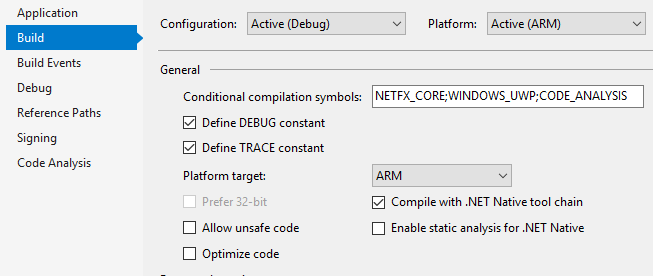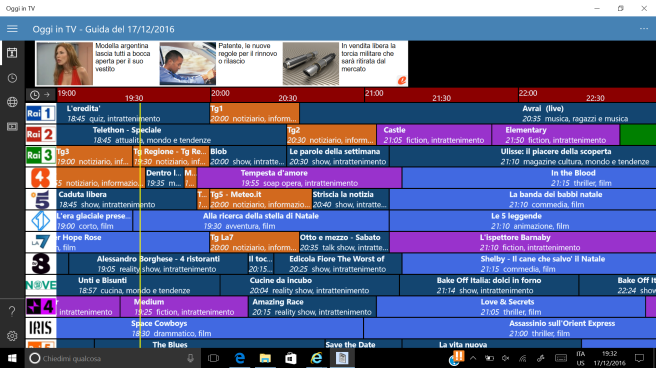Oggi 7 Marzo 2017 e’ stato lanciato ufficialmente il nuovo Visual Studio 2017. Tante novita’ interessanti. Mi sono segnato le seguenti cose da ricordare:
Lo sviluppo basato su Microservices e’ meglio rispetto quello classico a strati. Ecco un esempio da studiare su Github : eShopOnContainers – Microservices Architecture and Containers based Reference Application (https://github.com/dotnet/eShopOnContainers).
Visual Studio Tool for .Net Core
Visual Studio Dev Essentials
Strumenti, servizi cloud e corsi di formazione gratuiti
Ottieni tutto quello che ti serve per sviluppare e distribuire la tua app su qualsiasi piattaforma. Con strumenti avanzati, capacità del cloud, risorse di formazione e supporto, questo è il programma gratuito dedicato agli sviluppatori più completo di sempre.
(https://www.visualstudio.com/it/dev-essentials/)
BikeSharing360
a fictional company that allows users to rent bikes located throughout New York City and Seattle. BikeRider, the consumer mobile app for BikeSharing360, is a beautiful native mobile app for iOS, Android, and Windows built with Xamarin.Forms.
Introducing the BikeRider Xamarin.Forms Sample App
Il codice sorgente dell’app che mostra come costruire un’app multipiattaforma:
BikeSharing360_MobileApps su Github.
- Automatically build your app, test it on real devices, and distribute it to beta testers
- Collect crash reports and user analytics, including custom events
- Add cloud-based user authentication and table storage in minutes
https://mobile.azure.com/login
Visual Studio Mobile Center PREVIEW
Visual Studio Mobile Center is mission control for your mobile apps
Bring your apps written in any language to Visual Studio Mobile Center’s cloud and lifecycle services and you’ll get faster release cycles, higher-quality apps, and the time and data to focus on what users want.
https://www.visualstudio.com/vs/mobile-center/
Enterprise DevOps Accelerator
The Enterprise DevOps Accelerator is a limited time offer
for mid-sized to large development teams looking to modernize
their tool chains and focus on innovation.
https://www.visualstudio.com/vs/enterprise-devops-offer/
Maggiori spiegazioni di questi punti si possono trovare nel keynote. (http://launch.visualstudio.com)


